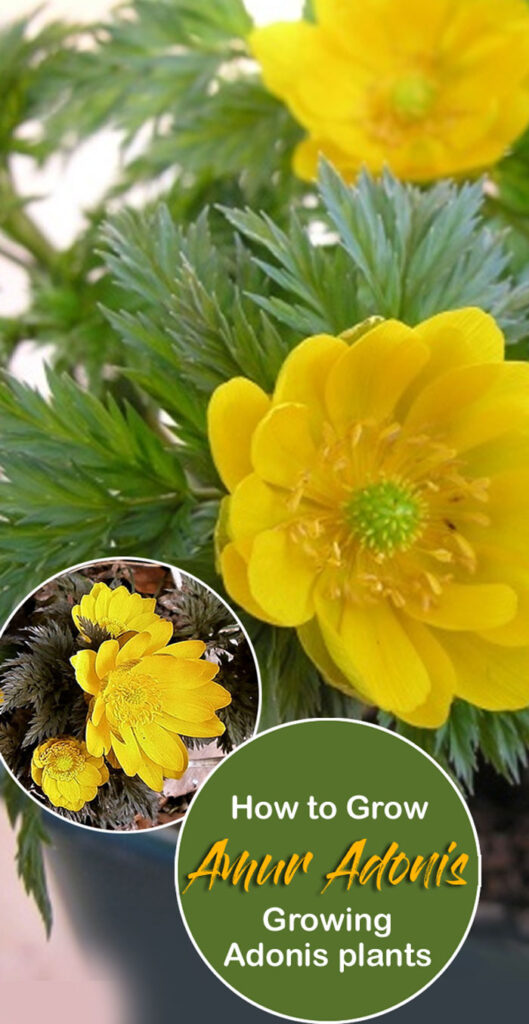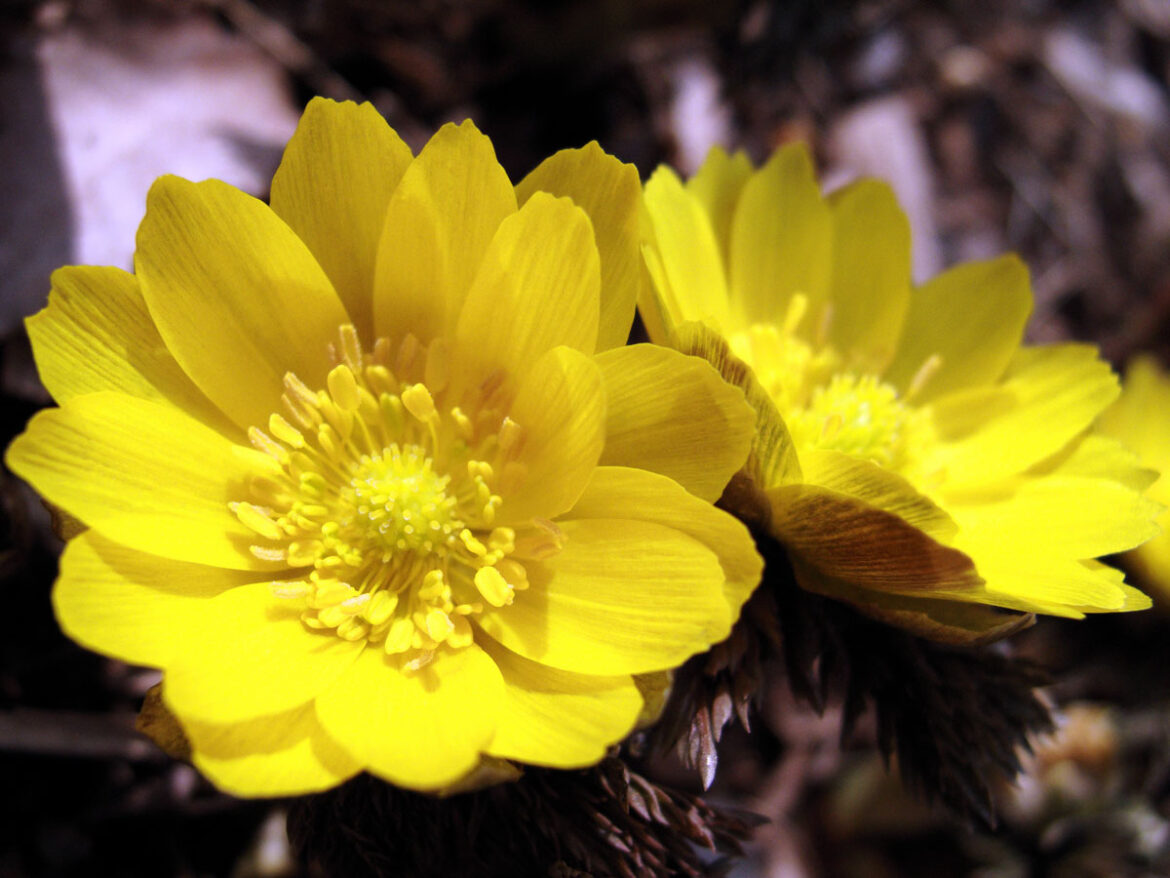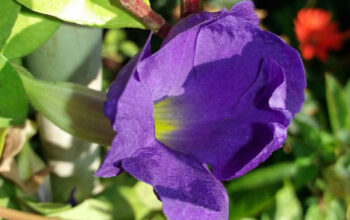Amur Adonis Plant (pheasant’s eye)
Commonly called pheasant’s eye or Amur Adonis , is a perennial plant with golden yellow flowers native to China (Heilongjiang, Jilin, Liaoning), Japan (Hokkaido), Korea, and the Far East of Russia (Primorye, Amur, Sakhalin). The Japanese name Fukujusō means “fortune-longevity tree.” Amur Adonis can be found blooming early in the spring. The long winter has deprived northern gardeners of some landscape color, which is no small consideration. This perennial is grown mostly because of its waxy, yellow flowers, but the fern-like foliage is also attractive. Approximately one to two inches wide, the flowers appear before the foliage. This gorgeous flower color is sometimes known as “buttercup yellow,” an apt term since it belongs to the Ranunculus (Buttercup) family.
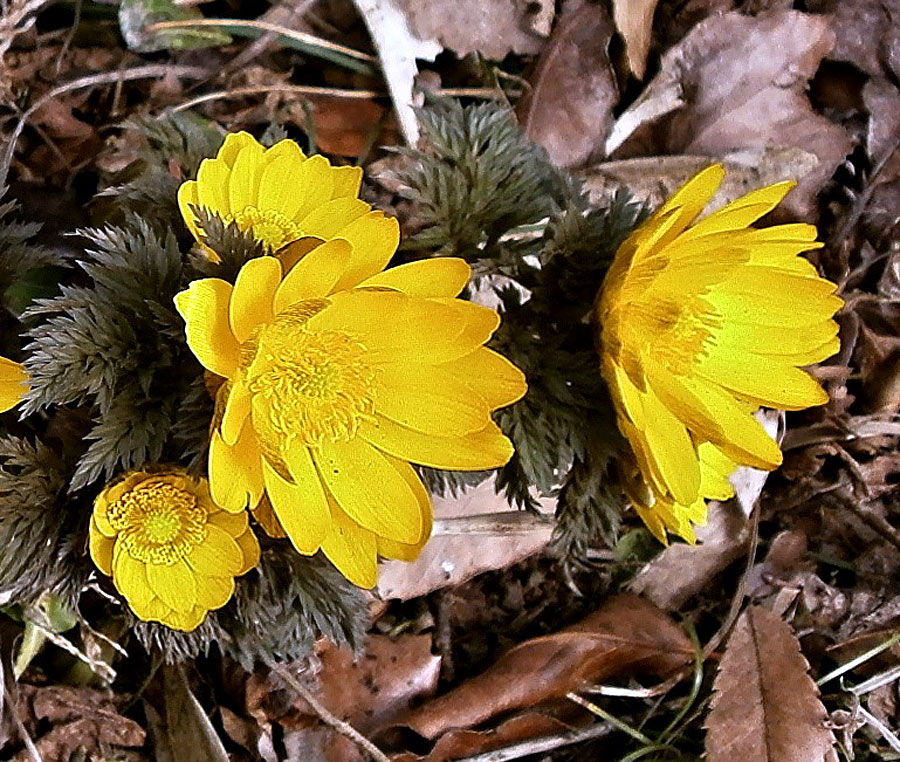
Overview Amur Adonis Plant
Scientific Name Adonis amurensis
Common Name Amur Adonis Plant, Pheasant’s eye.
Plant Type Perennial Flowering plant
Sun Partial shade
Soil Well-drained fertile soil
Soil pH 7.0-7.5
Flower Color Yellow
Bloom time January to April
Zone 3- 7 (USDA)
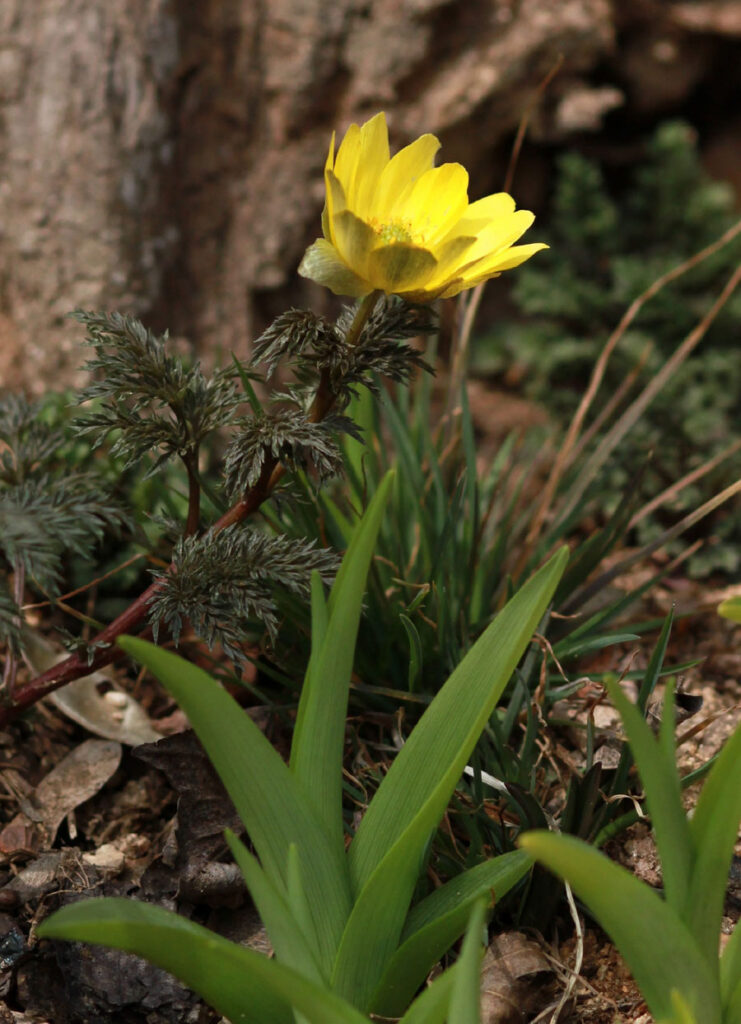
How to Grow and Care Amur Adonis Plant
The Amur Adonis is easy to grow, but it does go dormant during the summer since it is an ephemeral. During the bloom period, the flowers last from the beginning of March to the end of April. In the right location, the Adonis grows slowly and can be very old, with beautiful flowers. Bees have long been attracted to the flowers of Adonisröschens. Therefore, your main challenge in growing it is a design challenge: you have to fill in the gaps left in your garden after the amur Adonis plants leave each year.
Growing from seeds
It is best to plant Adonis seeds immediately after harvesting them before winter, in November, at a depth of 0.4–0.8 inches, as the seeds lose their germination qualities very quickly. Six- or seven-year-old shrubs provide the best germination. Germination occurs at 41°F. A mixture of 2-3 parts sand, one part sod land, and one part humus is used to sow the adapted seeds (bought in the store) in greenhouses during March. Within two or three weeks, the seedlings emerge. Winter involves burying the pots under snow and storing them in a cold cellar. Shooting will begin when the weather warms up to 68 degrees Fahrenheit next spring. However, some seeds take a year to germinate.
Growing from cuttings
When they go dormant in summer, these perennial clumps can be divided for propagation. Only divide the bushes that are at least 4–5 years old, though if this is not necessary, the adonis can be transplanted once every 10 years—it can live for 20 years in the same spot. The bush division process is usually carried out in August or early September, but you can also perform it in early spring, before vegetation starts to grow. Using a sharp knife, dig up the bush and gently cut each rhizome so it has roots and a bud. Adonis grows slowly, so divide large pieces when dividing-small pieces are sick for a long time and can’t establish themselves.
Light
Even though Amur Adonis is adaptable to partial shade, it does best in full sun. The native Adonis vernalis prefers dry, calcareous soils, a sunny position, and cool, slightly shaded conditions, whereas the Amur Adonis prefers cool, slightly shaded conditions. At least four hours of direct sun should be shining upon the plants each day.
Soil
Make sure the soil is fertile and well-drained before planting Adonis. It is ideal to have loose, sandy soil. It is crucial that the soil be well loosened before planting and that compost be mixed in. However, soil that is rich in humus does not do well for plants. It is recommended to treat loamy soil with lime and sand. The presence of lime is also beneficial to growth.
Watering
It needs to be watered regularly only in the year of planting in order to promote root growth. Ensure that the soil remains evenly moist once it is established.
Feeding
Compost should be worked into the soil annually to help feed the plants. A small amount of fertilizer is best given to spring Adonis as early as autumn because the flowers begin to bloom early in the season.
Pruning
To protect the plants in cold areas, one can easily cover them with spruce branches. If they are removed in February or March, the shoots will not grow. With the exception of cutting the withered stalks, spring adonis flowers do not require cutting.
Read more: How to propagation your plants. How to propagate Roses with potatoes. Growing Rosemary plants. Growing grapevine in containers. Blue Chalk sticks growing. Jasmine growing and caring tips. Microgreens growing and caring.
For pin:
